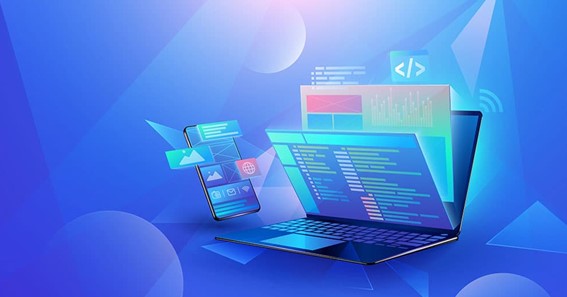Technology has played a significant role in making background checks more accessible and faster. Previously, it was a time-consuming, tedious process that took weeks to complete. With today’s specialized software and online portals, the processing time can be shortened significantly. These programs also have features such as real-time alerts.
Continuous monitoring
Continuous monitoring is an essential element of a background checking program. It keeps employers informed of new violations incurred by employees between background checks. This can protect employers from potential legal problems, and it may also increase employee loyalty. Moreover, continuous monitoring can help avoid costs and disruptions that might arise from hiring employees with convictions.
click here – The Key To Buying A Property In A Cooling Market
Artificial intelligence
Artificial intelligence (AI) is a powerful technology that can help you make better hiring decisions by analyzing large amounts of data. Unlike humans, AI can analyze multiple data points and apply regulatory and legal considerations to job candidates. Its automated decisions help you hire the best candidates faster. Moreover, AI can scan documentation for relevant experience and other qualities needed for the job. Even though it is possible that AI can have glitches or technical problems, AI will continue to improve. However, some experts are skeptical about AI technology. For example, some people have expressed concerns over bias in programming. Another matter is that algorithms may mistake candidates’ criminal records with similar names.
Automated background checks
Automated background checks are a way to conduct background checks for employment opportunities. However, like any other automated service, they can make mistakes. Keeping up with these mistakes is the provider or vendor’s responsibility. It also requires time, money, and people to maintain the program. Employers can save time by avoiding the need to perform background checks manually. Automated background check tools can make this process as painless as possible. Some background-checking programs can even generate reports that are accurate to a few percent. While this is not always the case, background check providers can use predictive analytics to help improve their background check services. Automated background checks in a background check program generally focus on criminal records, but some organizations are increasingly integrating information about an applicant’s digital presence.
click here – 9 Effective Tips To Improve Your Financial Situation
Real-time alerts
Real-time alerts in a background-checking program give employers access to ongoing notifications of any criminal activity. This feature helps you track any potential employees in a sensitive position, like working with children, the elderly, or the disabled. These alerts can save you a lot of time, as you will be notified immediately if someone has been arrested or booked. Businesses are understandably wary of hiring people with criminal histories, but ongoing monitoring can help them relax their hiring policies. Illegal monitoring helps employers implement a fair hiring program. Continuous monitoring alerts employers to new arrests and criminal behavior within the last few hours. This eliminates screening gaps and helps companies avoid liability claims.
Streamlined hiring process
The hiring process is one of the essential parts of running a business. Choosing the right employees is important not only for their day-to-day tasks but also for their future impact on the industry. A thorough hiring process includes screening applicants, conducting interviews and background checks, and putting an offer on the table for the right candidate. You may want to hire recruiters or use applicant tracking systems to streamline this process. However, the first step is still the most important: creating a job description. The hiring process can have an enormous impact on the productivity of a business. It takes an average of 36 days to hire someone for a critical position, which slows down client growth and hampers your team’s efficiency. In addition to slowing down the hiring process, hiring a bad employee can also lead to wasted time and money. Streamlining the hiring process is one way to reduce these costs and increase the quality of applicants.









